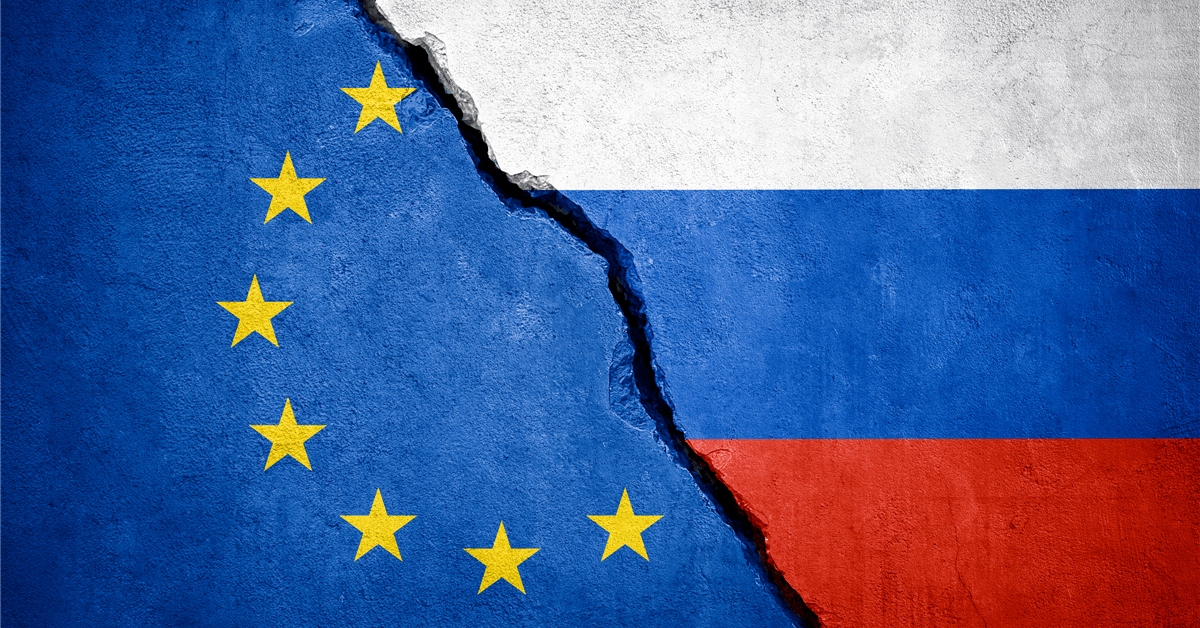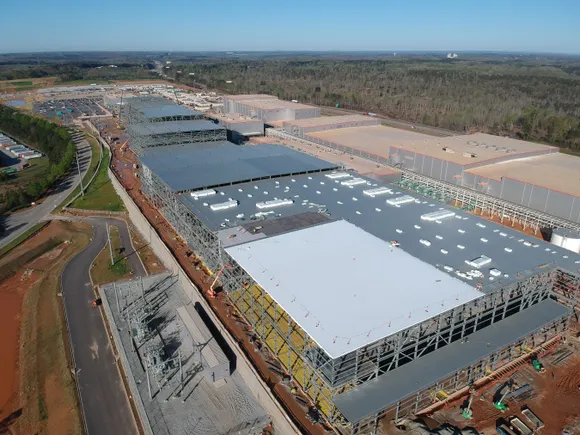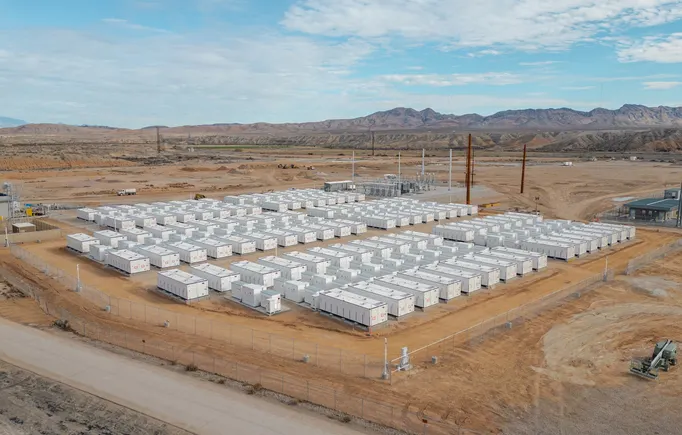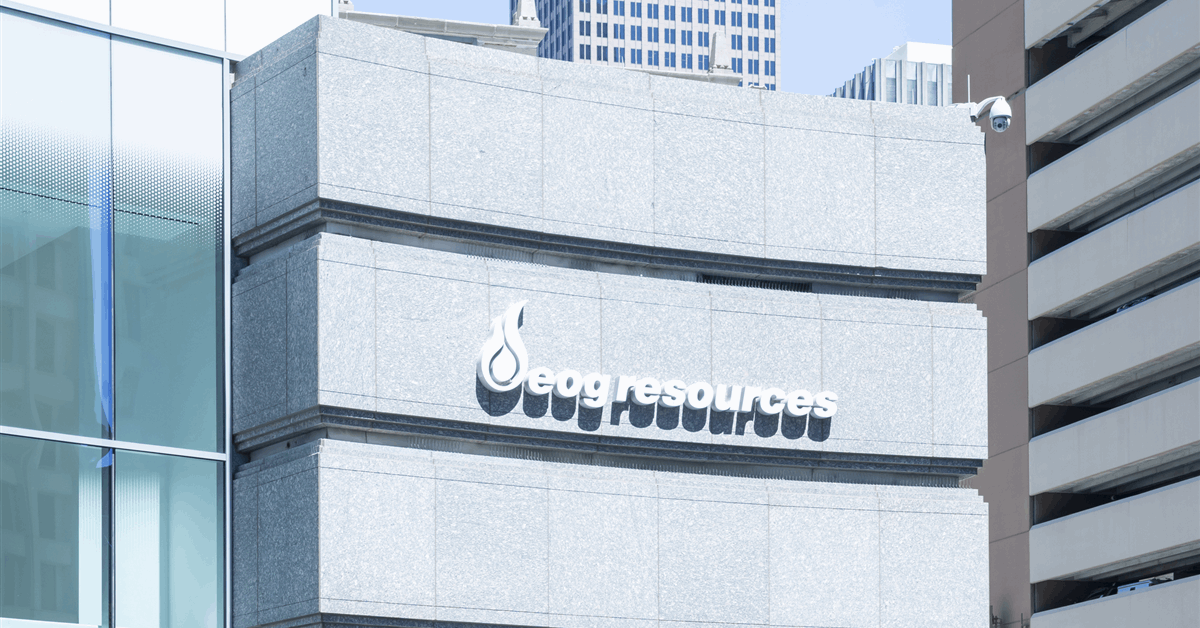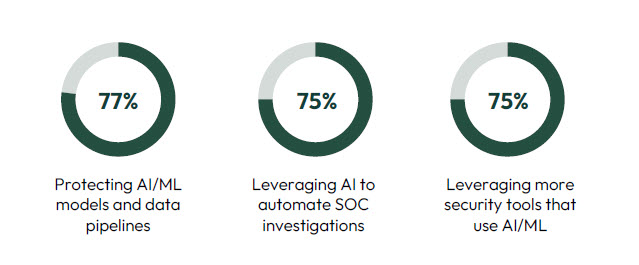
In a commodities note posted on the Saxo Bank A/S website today, Ole Hansen, the company’s head of commodity strategy, highlighted that “speculators trimmed long positions in crude oil ahead of the latest OPEC+ production increase”.
“Both Brent crude and WTI fell back toward the four-year lows last seen in the aftermath of the March sell-off triggered by President Trump’s so-called ‘Liberation Speech’,” Hansen stated in the note.
“The drop followed OPEC+’s decision to extend the 411,000 barrels per day production increase planned for May into June. This move raised concerns about a potential global supply glut, especially at a time when trade tensions threaten to dampen demand,” he added.
In the note, Hansen said, ahead of the weekend OPEC announcement, managed money long positions in crude oil declined by 15,700 contracts to 226,500, which he pointed out was “well below the five-year average of 426,000 and the one-year average of 272,000”.
“This suggests that choppy price action, the loss of momentum, and continued macro-driven selling are weighing on speculative interest,” he warned in the note.
In an oil report sent to Rigzone on Monday by the Skandinaviska Enskilda Banken AB (SEB) team, Ole R. Hvalbye, a commodities analyst at the company, outlined that OPEC+’s latest increase “brings the total combined output hikes for April, May, and June to 960,000 barrels per day – roughly 44 percent of the 2.2 million barrels per day of cuts agreed upon since 2022”.
“If this pace continues, OPEC+ could fully unwind its voluntary cuts by the end of October 2025,” Hvalbye added.
“With this backdrop, the trend of maintaining a 411,000 barrels per day increase is expected to continue, which will likely cap crude prices,” Hvalbye went on to state.
Rigzone has contacted OPEC for comment on Hansen and Hvalbye’s statements. Rigzone has also contacted the White House for comment on Hansen’s statement. At the time of writing, OPEC and the White House have not responded to Rigzone.
A release posted on OPEC’s website on Saturday announced that Saudi Arabia, Russia, Iraq, UAE, Kuwait, Kazakhstan, Algeria, and Oman “will implement a production adjustment of 411,000 barrels per day in June 2025 from [the] May 2025 required production level”.
“The eight OPEC+ countries, which previously announced additional voluntary adjustments in April and November 2023 … met virtually on 3 May 2025, to review global market conditions and outlook,” the release noted.
“In view of the current healthy market fundamentals, as reflected in the low oil inventories, and in accordance with the decision agreed upon on 5 December 2024 to start a gradual and flexible return of the 2.2 million barrels per day voluntary adjustments starting from 1 April 2025, the eight participating countries will implement a production adjustment of 411,000 barrels per day in June 2025 from May 2025 required production level,” it added.
The release highlighted that “this is equivalent to three monthly increments” and pointed out that “the gradual increases may be paused or reversed subject to evolving market conditions”.
“This flexibility will allow the group to continue to support oil market stability,” the release said.
“The eight OPEC+ countries also noted that this measure will provide an opportunity for the participating countries to accelerate their compensation,” it added.
The release posted on OPEC’s site went on to note that the eight countries reiterated their collective commitment to achieve full conformity with the Declaration of Cooperation, including the additional voluntary production adjustments that were agreed to be monitored by the JMMC during its 53rd meeting held on April 3, 2024.
“They also confirmed their intention to fully compensate for any overproduced volume since January 2024,” the release added.
“The eight OPEC+ countries will hold monthly meetings to review market conditions, conformity, and compensation. The eight countries will meet on 1 June 2025 to decide on July production levels,” it continued.
According to a table accompanying the release, Saudi Arabia has a “required production” level of 9.367 million barrels per day in June. “Required production” in June is 9.161 million barrels per day for Russia, 4.086 million barrels per day for Iraq, 3.092 million barrels per day for the UAE, 2.466 million barrels per day for Kuwait, 1.5 million barrels per day for Kazakhstan, 928,000 barrels per day for Algeria, and 775,000 barrel per day for Oman, the table showed.
A release posted on OPEC’s website on April 3 announced that Saudi Arabia, Russia, Iraq, UAE, Kuwait, Kazakhstan, Algeria, and Oman met virtually on that day “to review global market conditions and outlook”.
“In view of the continuing healthy market fundamentals and the positive market outlook, and in accordance with the decision agreed upon on 5 December 2024, subsequently reaffirmed on 3 March 2025, to start a gradual and flexible return of the 2.2 million barrels per day voluntary adjustments starting from 1 April 2025, the eight participating countries will implement a production adjustment of 411,000 barrels per day, equivalent to three monthly increments, in May 2025,” that release noted.
“This comprises the increment originally planned for May in addition to two monthly increments. The gradual increases may be paused or reversed subject to evolving market conditions,” it added.
A release posted on OPEC’s site on April 16 announced that the OPEC Secretariat had received updated compensation plans from Saudi Arabia, Russia, Iraq, the United Arab Emirates, Kuwait, Kazakhstan, and Oman.
The updated compensation plans amount to 222,000 barrels per day in April, 378,000 barrels per day in May, and 431,000 barrels per day in June, a table accompanying that release outlined.
To contact the author, email [email protected]





